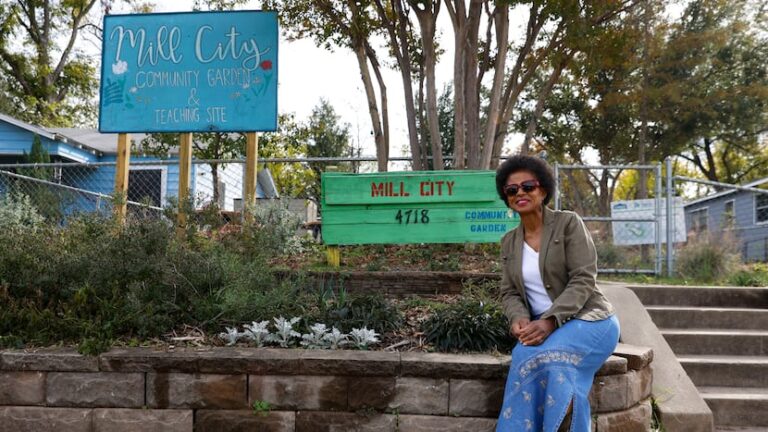Mill City, a long-neglected Dallas neighborhood just southeast of Fair Park, is renovating up to 18 vacant lots, upgrading aging infrastructure, building a boxing gym and urban farm as a community space, and renovating buildings. $1 million over three years will soon be committed to support construction. Up to 8 affordable single-family homes.
Funding from TREC Community Investors, the Real Estate Council's philanthropic arm, is targeting Mill City as part of the council's second Dallas Catalyst Project. Collaborators on this project include Mill City Community Association, Builders of Hope Community Development Corporation, and Urban Specialists.
“It's all about getting us feeling good about this area again,” said Alendra, a Mill City native, neighborhood association president, and passionate advocate for revitalizing this corner of south Dallas.・Lions said.
TREC is an industry association made up of members from various real estate fields that invests both financial resources and what is called “human capital” to pro bono knowledge. Our members, including architects, engineers, and developers, volunteer their time and expertise as consultants on catalyst projects.
“We are working with our community partners to bring critical resources and equity to one of Dallas' most historically underserved neighborhoods,” said Linda McMahon, president and CEO of TREC. “We have fulfilled the district's vision of bringing great development to the area.”
Mill City, which has about 47 percent vacant land and is plagued by trash, loitering and crime, is a far cry from when Lyons walked through her neighborhood as a child.
Mill City began in 1903 after entrepreneurs opened cotton mills to train people of color. Lyons said the area was once a vibrant, safe and prosperous place to live and work.
“When I was a kid, there was a business here,” Lyons said. “Dry cleaners, theaters, drug stores. In the late '80s, everything started to change and people started dispersing to other areas they thought were better.”
At the vacant lot on the corner of Lyons Street, people once gathered, played loud music and left trash in the neighborhood.
“If it wasn't fenced in, it looked like a nightclub,” Lyons said. “There will be 200 or 300 people there. And the weirdest thing is, you call the police and the police may or may not show up.”
Lyons, who now teaches gardening to children on the property next to her home, has turned the fenced-in vacant lot into an urban garden with fruit trees, a variety of crops, chickens and eggs, compost and a community center. The plan is to turn it into an instructional farm.
Much of south Dallas is considered a food desert, meaning residents don't have regular access to healthy, affordable meals.
When TREC announced in April that it would fund real estate projects focused on solving problems in specific neighborhoods, community groups began competing for a share of the cash.
Two other community groups in the South Oak Cliff and Tenth Street Historic Districts were finalists for the second Catalyst project.
The first Dallas Catalyst Project launched in 2018 and funded 22 projects in the Forest neighborhood of south Dallas, including the South Point Community Market, which provides residents with access to fresh produce, a commercial kitchen, and a laundromat for the first time. provided.
TREC and Forest District community partners St. Phillips School and Community Center, Cornerstone Baptist Church, and Forest Forward also renovated a number of apartment complexes and commercial spaces.
“With TREC's support, we will continue to build on the progress we have made over the past few years and ultimately return Mill City to what it once was: full of community pride where residents feel safe and families and businesses can live with peace of mind.” We aim to bring it back to a place where it will flourish again,” Lyons said.

